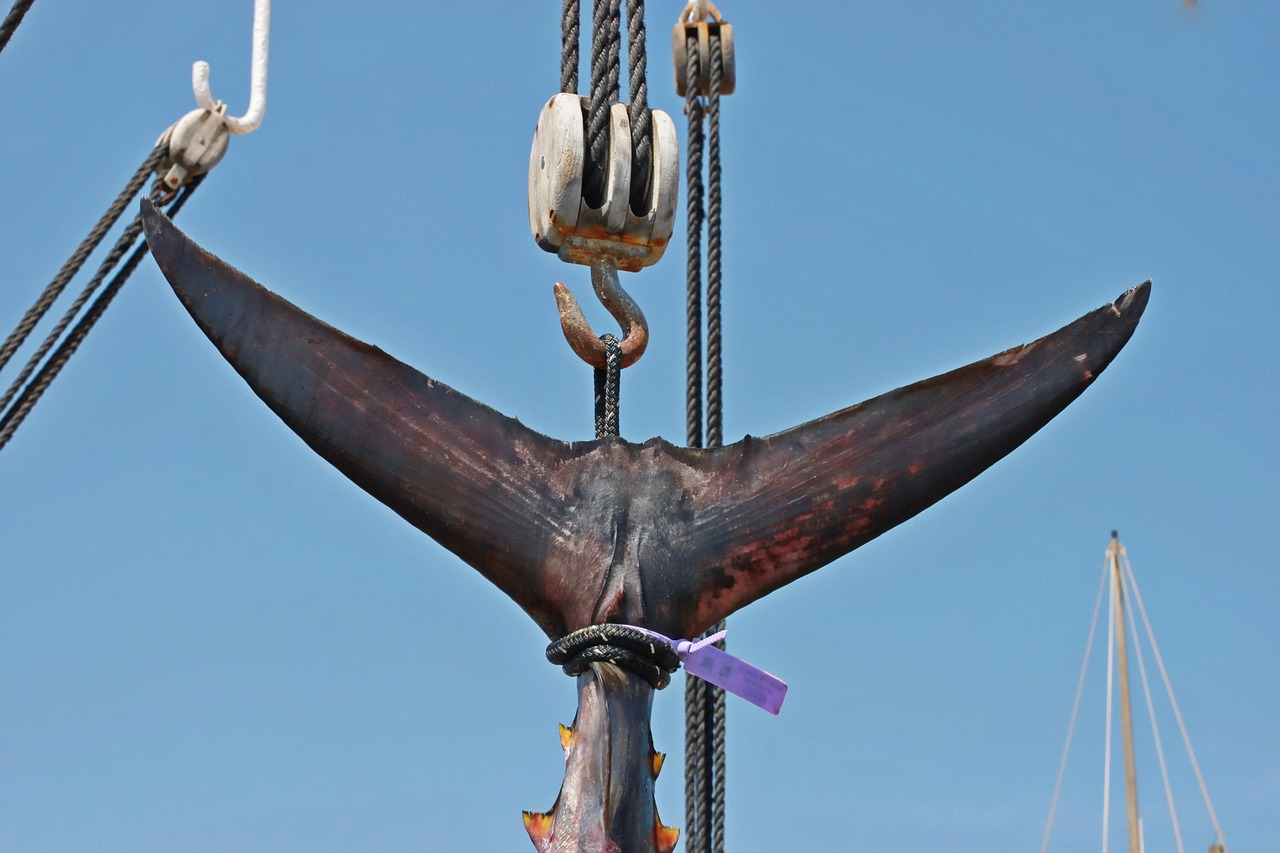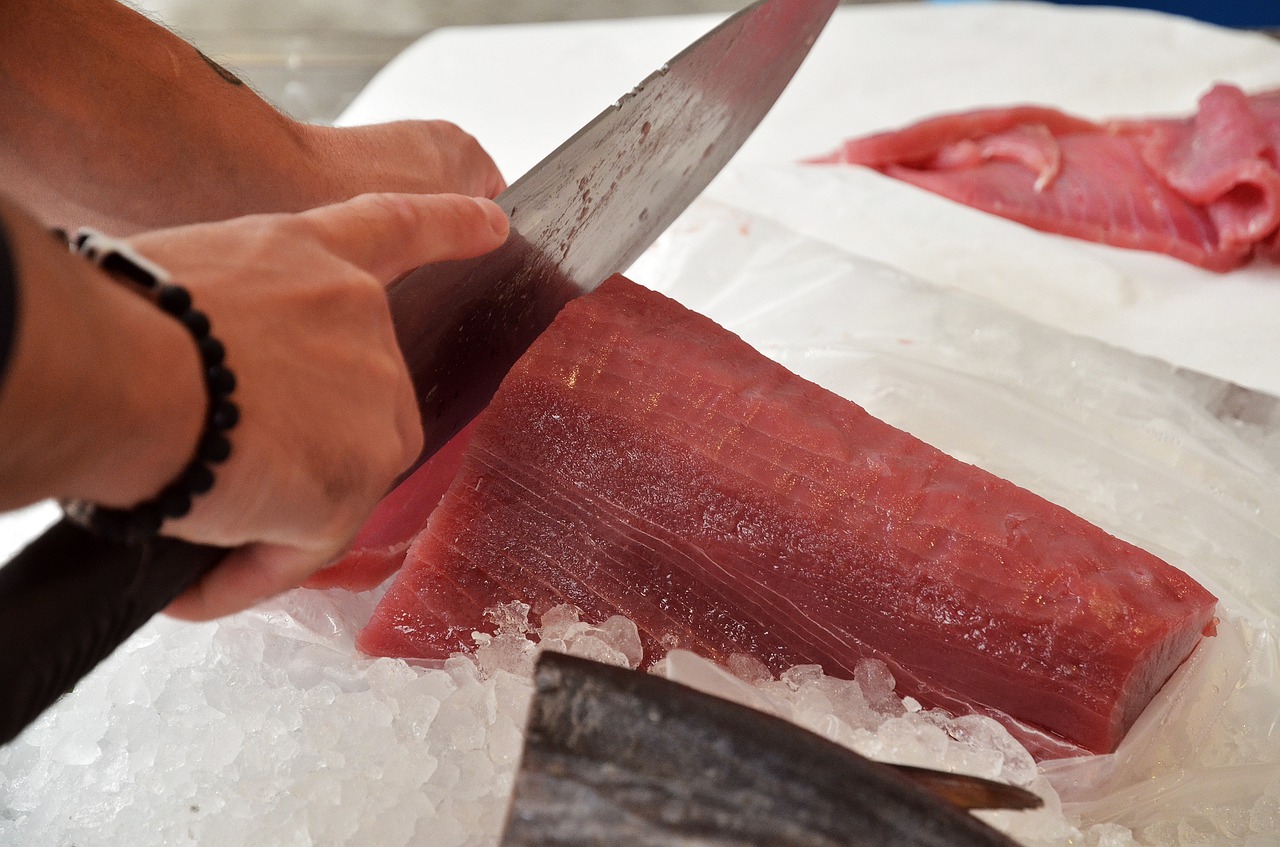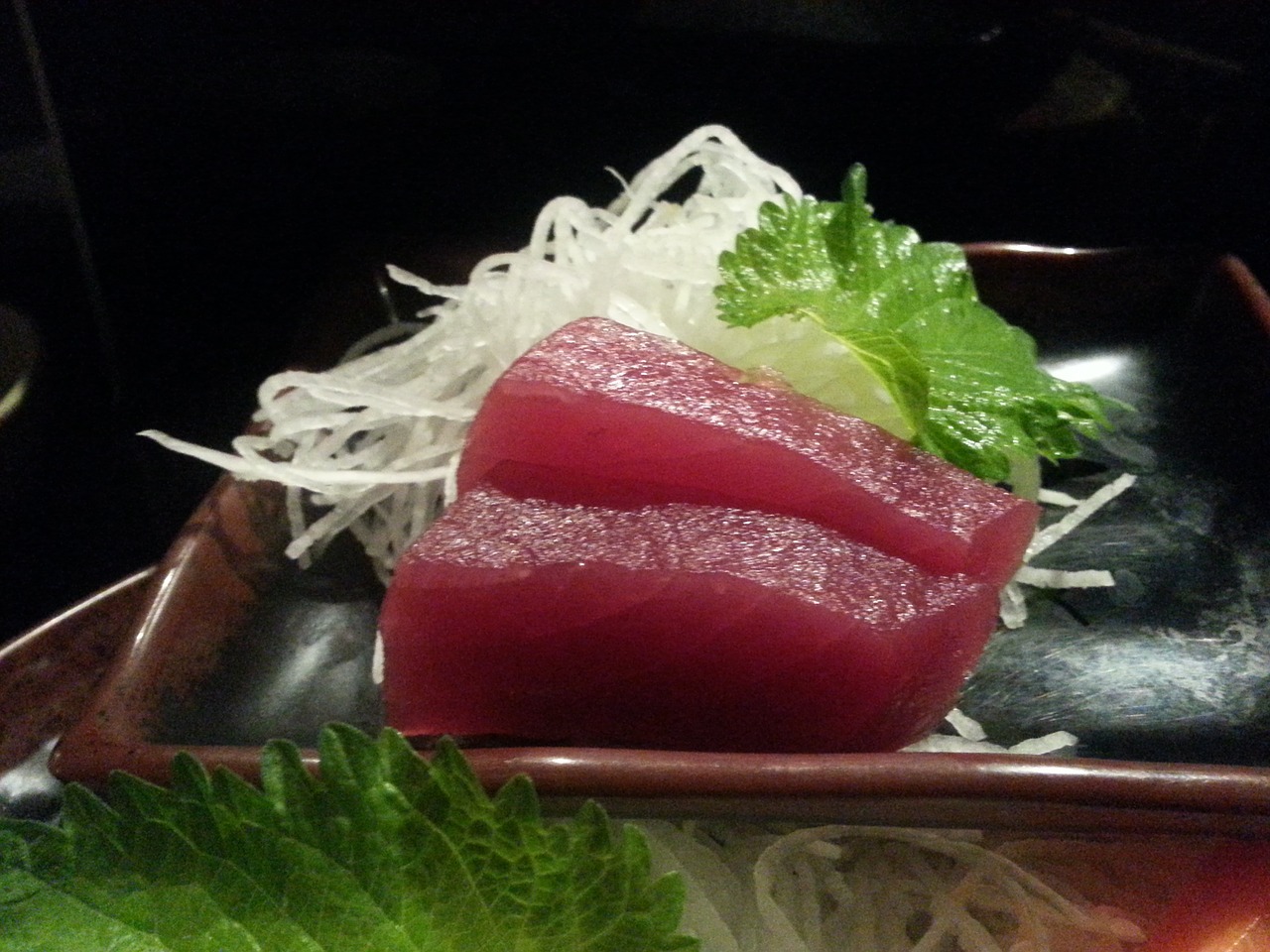
Tuna is a popular, affordable protein source that is enjoyed by 88 percent of American households, with around 1 in 4 Americans eating tuna at least once a week.
Unfortunately, overfishing caused the collapse of the tuna fishing industry in the 1970s. Today, there are a number of conservation efforts in place to ensure that doesn’t happen again.
Read on for a look at the impact of conservation initiatives and organizations, as well as the sustainability of the tuna fishing industry.
Tuna populations fell by almost 75 percent between 1970 and 2012.
Overfishing had a huge impact on global tuna stocks, pushing species like bluefin tuna to the verge of extinction within the Pacific region.
Pollution, particularly plastic detritus that accumulates within fish digestive systems, has had a significant bearing. Climate change is also a factor, with CO2 emissions making the world’s oceans more and more acidic.
Speaking with the Guardian, WWF UK’s chief advisor on marine policy Louise Heaps explained that acidification could have a potentially catastrophic impact on the world’s oceans and marine life. In the 1980s, experts proffered a “solution to pollution is dilution” ethos, suggesting that our oceans have an infinite capacity for absorbing pollution. We now know this simply is not the case.
Louise Heaps predicts that, by 2050, all coral reefs could be effectively wiped out. Acidification damages tiny marine species that need calcium to build shells and other organs. Heaps believes that the impact of acidification will stretch from Antarctica to the west coast of America.

In terms of global overfishing, the Pacific is of particular concern to ecologists.
As Japanese, Korean, and Chinese fleets grow bigger and bigger in terms of size and capacity, fishermen are expanding their reach. But overfishing is not restricted to tuna.
Shark-finning (where fishermen only harvest the shark’s fins and throw the bodies back), continues to decimate fish stocks. Conservationists estimating that 25 percent of shark species could become extinct within 10 years if no action is taken.
Heaps points out, however, that the situation could be reversed, provided that we take action now.
Sustainable tuna fishing is possible with better governance.
The Marine Stewardship Council (MSC) is an international organization that was created to end overfishing. Its mission is to protect existing fish stocks and help them recover so that future generations can enjoy wild seafood.
Sustainable fishing means that fisheries respect habitats, leaving enough fish in the wild to maintain and grow fish stock numbers. Sustainable fishing is not only good for fish species and the environment, but it protects the future viability of the fishing industry.
What is the MSC blue label initiative?
The MSC Fisheries Standard is a voluntary certification initiative open to all fisheries that catch marine life in the wild. After meeting certain internationally accepted standards, participating fisheries are able to certify their catch with the MSC’s blue fish label, showing their customers that they implement responsible, sustainable fishing standards.
Independent certifiers evaluate each fishery for compliance, ensuring they meet three core objectives:
- Sustainability of stock. Sufficient fish stocks must be left in the ocean so that the species can survive indefinitely and remain healthy and productive.
- Ecosystem impacts. The environmental impact of the fishery’s activities must be minimized. Certain fishing activities can be detrimental, resulting in damage to marine environments, high rates of bycatch, and pollution. Fishing must be carried out in a way that impacts the environment and other species as little as possible, ensuring that marine ecosystems remain healthy.
3. Effective fishery management. MSC requirements stipulate that fisheries must adhere to relevant legislation. They also need to be adaptable enough to meet changes in environmental circumstances.

What are the benefits of the MSC blue label for fisheries?
MSC accreditation is an assurance to customers that the fishery is properly managed. It shows the fishery implements sustainable methods, protecting fish stocks and fishing livelihoods for future generations.
MSC certification provides:
- Better visibility
- Enhanced reputation
- A pathway for improvement
- Enhanced transparency for stakeholders
- Secure markets
- Access to new markets
- Promotional opportunities
- Protected livelihoods
Anova Seafood introduced the first MSC-certified Fijian tuna to Europe.
In a world first, the international seafood supplier introduced Fijian albacore tuna to the European market.
In 2013 Anova Seafood launched its Fijian albacore tuna range at the European Seafood Exposition in Brussels. Fiji’s ambassador to Europe, Peceli Vocea, attended the event, a first in Fiji’s iconic tuna fishing history.
The line is caught by longline fisheries operating in the South Pacific Ocean. Fiji’s 330 islands have a long fishing history, as seafood is central to Fijian cuisine.
Members of the Fiji Tuna Boat Owners Association (FTBOA) strived to meet the MSC’s sustainable fishery standards for three years prior to the event. These efforts earned them the right to display the MSC ecolabel on their products, an accolade reserved for fisheries that meet world-class fishery management standards.
MSC-certified tuna shows vast potential in turning the tide on overfishing. By encouraging fisheries all over the world to adopt sustainable fishing practices, we protect access to a healthy, affordable protein source for future generations.
